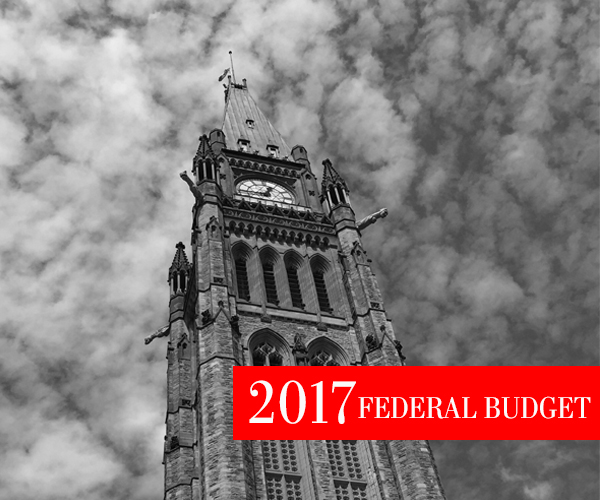
Ill and injured veterans are still waiting for clarity from the federal government on how it intends to provide them with lifelong financial security. The federal budget tabled on March 22 included some new spending for veterans and their families, but it left a big one—lifetime payments—unresolved.
The budget promised $624 million in new funds over five years, including expanded benefits for education and career transition and increased financial support for caregivers. And it repeated the government’s commitment to offer qualifying veterans the option of disability award payments for life, but deferred to later this year the details on how this would work.
Prior to 2006, a lifetime monthly pension was available to ill and injured veterans. Then the Canadian Forces Members and Veterans Re-establishment and Compensation Act, also known as the New Veterans Charter (NVC), replaced that lifetime pension with a disability award that provides Canadian Armed Forces members or veterans with a lump-sum tax-free payment for long-term injury or illness resulting from military service.
The NVC also introduced other new financial and disability benefits, health and rehabilitation services, and education and job-placement assistance. The legislation was designed to be a “living charter,” open to periodic refinements as shortcomings became apparent.
And there were shortcomings. Disgruntled veterans, supported by The Royal Canadian Legion and other veterans advocacy groups, have lobbied for improvements since the NVC came into force. By 2011, the government could no longer ignore their pleas. It passed Bill C-55, which enacted the charter’s first significant refinements. Others followed. In a review of the NVC in 2014, the all-party Standing Committee on Veterans Affairs recommended that eligibility for lifelong benefits be “clarified,” and that the earnings loss benefit (ELB) for veterans in rehabilitation be increased. The Legion itself has long advocated for lifelong financial security for the most seriously ill and injured veterans, which it says is the group that suffers most from the charter’s shortcomings.
In a review of the NVC in 2014, the all-party Standing Committee on Veterans Affairs recommended that eligibility for lifelong benefits be “clarified,” and that the earnings loss benefit (ELB) for veterans in rehabilitation be increased. The Legion itself has long advocated for lifelong financial security for the most seriously ill and injured veterans, which it says is the group that suffers most from the charter’s shortcomings.
The ELB is a case in point. It is a taxable monthly payment provided to qualifying veterans taking part in rehab services.
The ELB tops up their total income to at least 90 per cent of their gross pre-release military salary (this had been 75 per cent before October 2016). It is paid until their rehabilitation plan has been completed, or to age 65. The Legion is advocating to increase the ELB to 100 per cent of pre-release income and to continue this benefit for life.
Which makes complete sense.
It’s true that, like most Canadians, seriously ill and injured veterans will start to receive Canada Pension Plan payments starting at (or around) age 65. And most do have a CAF pension (indexed to length of service, which is often pretty short for young soldiers who become severely wounded, injured or ill as a result of their duty). But these are people whose medical condition has rendered them unable to work for long periods, which has a drastic impact on their ability to lead a financially secure life. They have missed out on—they have lost—untold earning opportunities. This is but one more of the many sacrifices they have made in service to the country.
Injured and ill veterans deserve a better deal. The government has a sacred obligation to care for those who signed up despite the risk of injury or death. And that care should not be cut back at the arbitrary age of 65.

Advertisement












